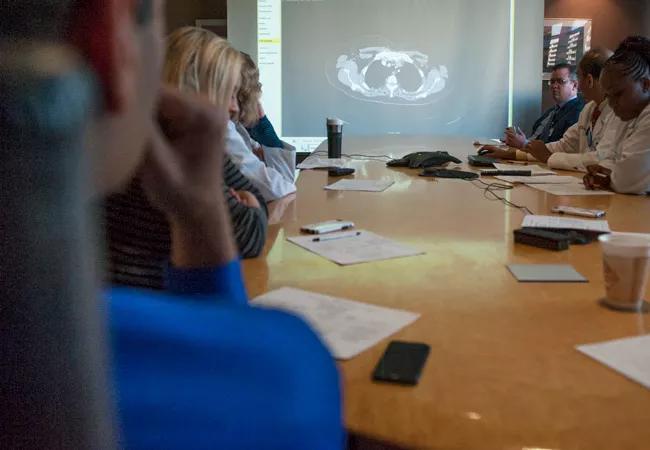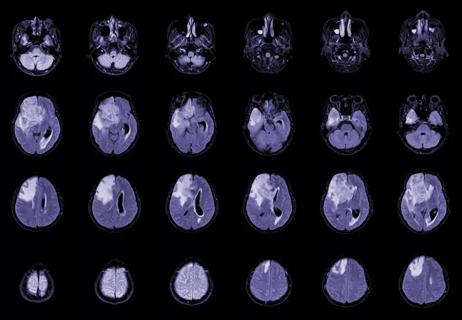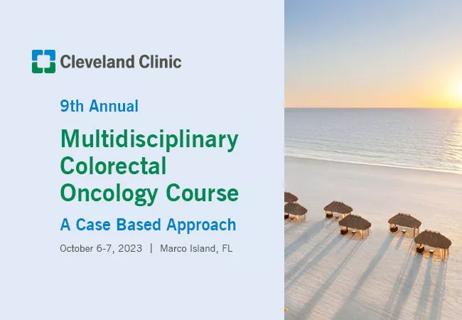One clinical standard of care across all regions and disciplines

By Brian Bolwell, MD, FACP
Cleveland Clinic is a non-profit academic medical center. Advertising on our site helps support our mission. We do not endorse non-Cleveland Clinic products or services. Policy
As a large cancer center, one of our challenges is clinical alignment with our numerous locations. We have many regional clinics and hospitals that deliver cancer care — how do we promote one clinical standard of care?
Two words: cancer programming.
Each cancer program is a disease-based team comprised of physicians from different specialties as well as nurses and other support staff. Team-based care for each cancer diagnosis is critical. Programming allows us to prioritize and structure different aspects of team-based care, including multidisciplinary clinics, tumor boards, care paths and reduction in time to treat. These elements are tracked on scorecards, and each program is accountable to an executive committee for its results. We devote resources such as program managers and patient navigators to each program.
Three elements are especially key to the success of cancer programming:
Clinical integration of regional assets is important and requires significant effort. We believe that developing disease-based programs and working on shared initiatives such as the development of care paths, robust regional tumor board participation and reducing time to treatment, has allowed us to achieve successful clinical integration of our diverse repertoire of assets.
Dr. Bolwell is Chair of Physician Leadership and Development and former Chair of Taussig Cancer Institute. On Twitter: @BrianBolwellMD

Timing and type of side effects differ greatly from chemotherapy

Dedicated multidisciplinary teams support 84 ultra-rare cancers

Sessions explore treatment advances and multidisciplinary care

New research from Cleveland Clinic helps explain why these tumors are so refractory to treatment, and suggests new therapeutic avenues

Combination of olaparib and carboplatin results in complete durable response for a patient with BRCA2 and “BRCAness” mutations

Early communication between oncologists and ophthalmologist warranted

Case-based course delves into latest treatment approaches

Long-term relationship building and engagement key to gaining community trust